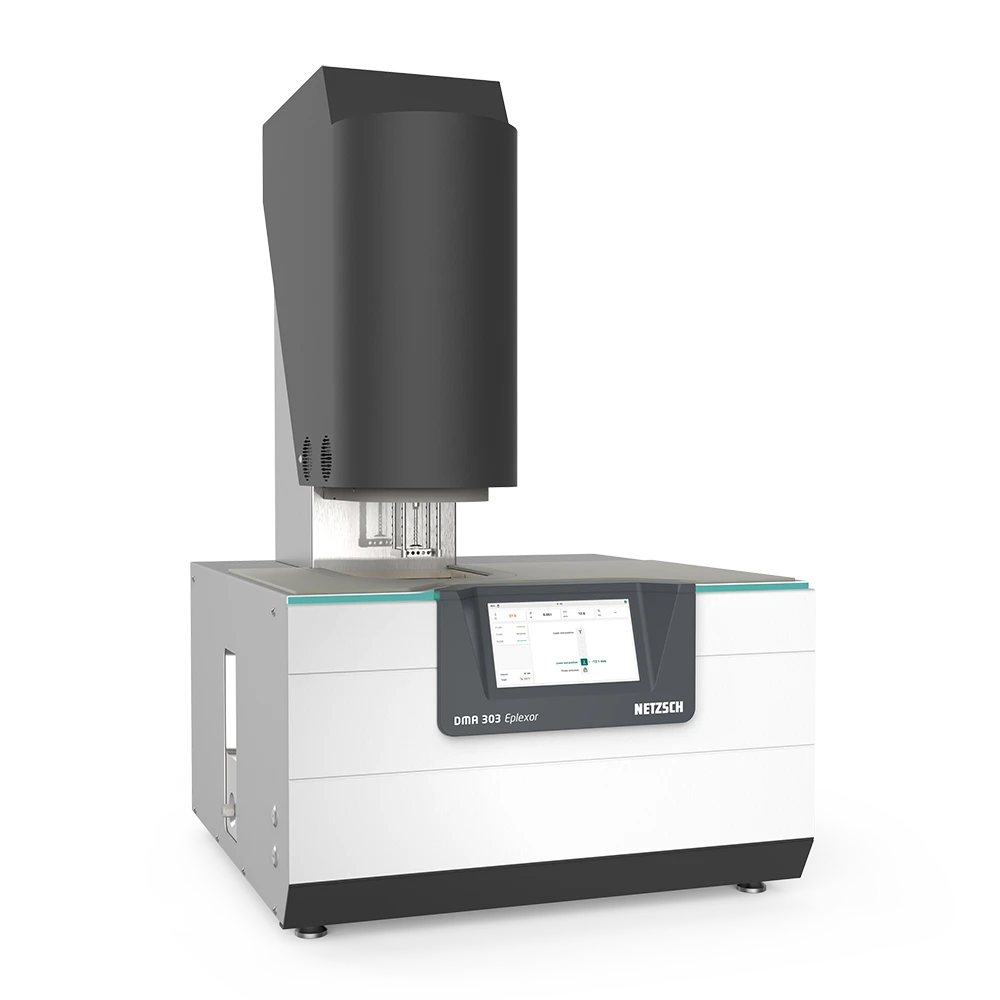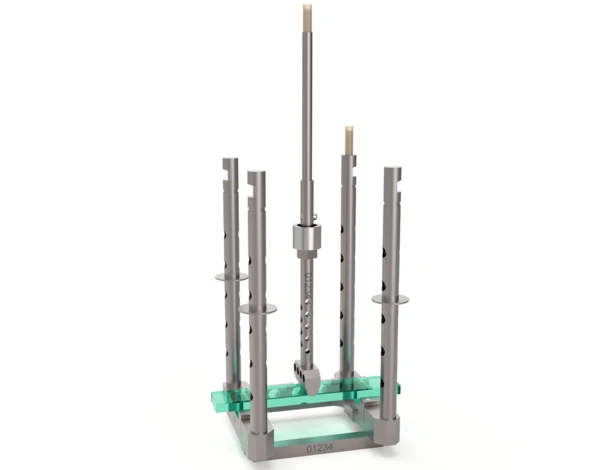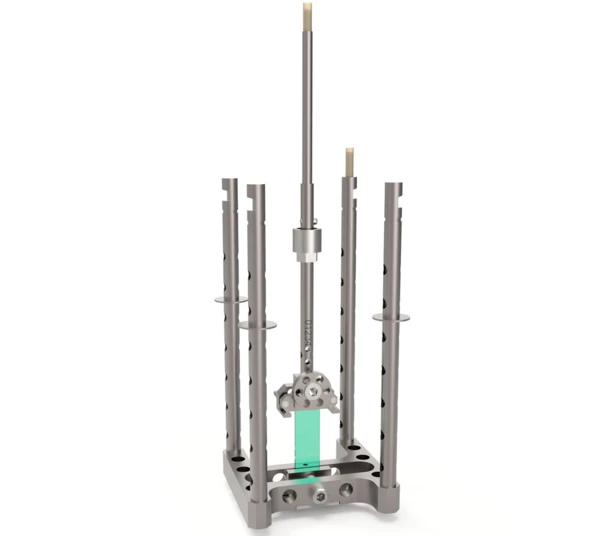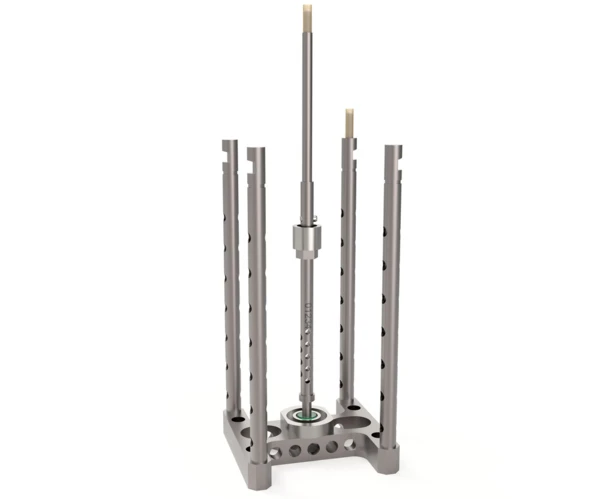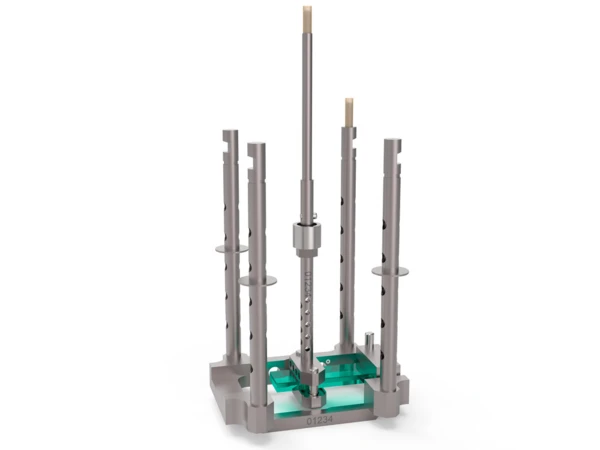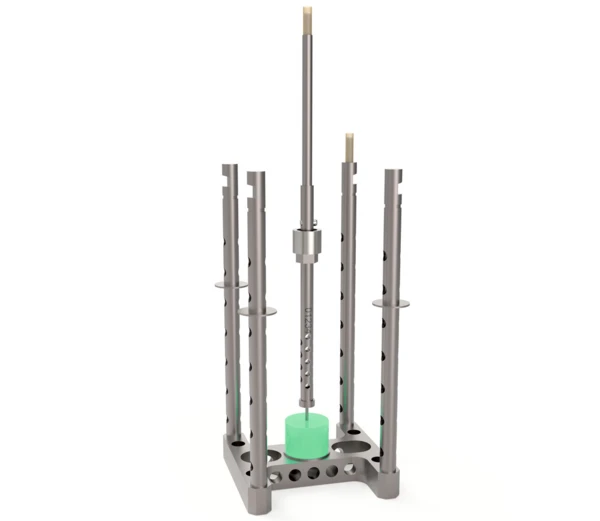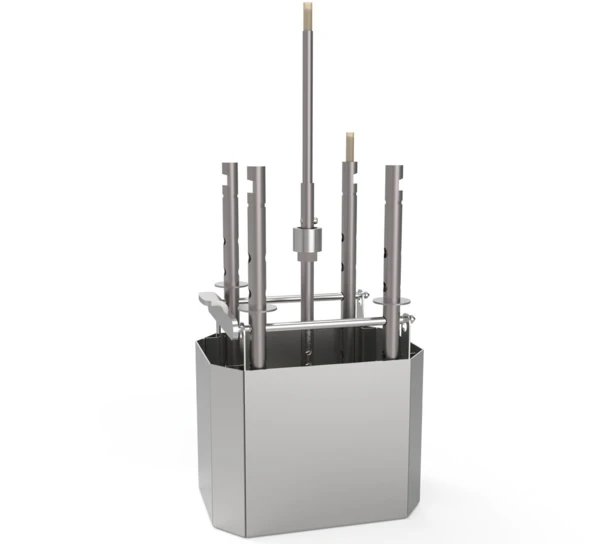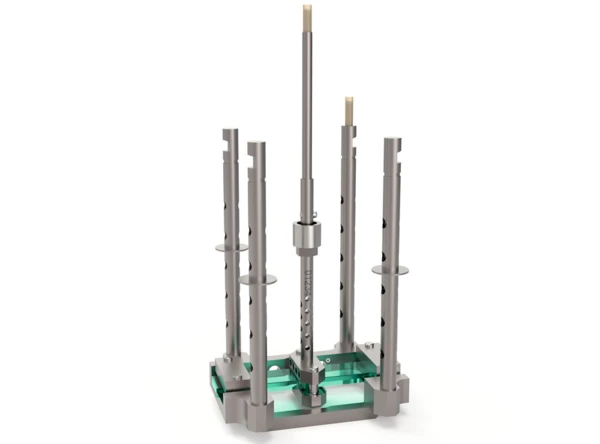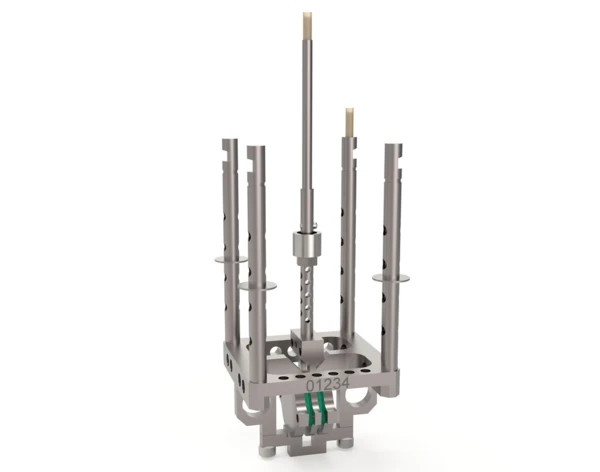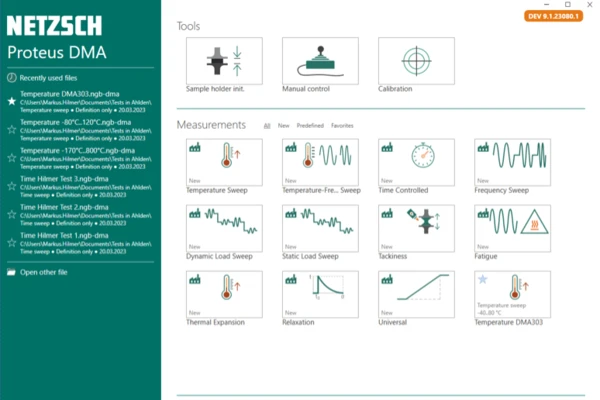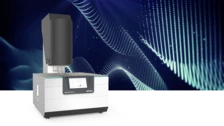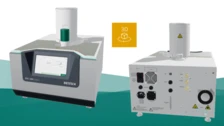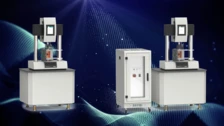Highlights
The most user-friendly DMA you have ever experienced
Controlled Force Range up to 50 N (static and dynamic)
Our material testing system is designed for precision measurements on very stiff samples with a controlled force range, both static and dynamic, of up to 50 N. The full resolution is available throughout the entire force range, resulting in precise and reliable data.
Temperatures of up to 800°C on the Sample
Featuring the broadest temperature range of -170°C to 800°C and homogeneous temperature distribution.
Time Saving ‒ Fast Heating and Cooling
With its thin-walled 3D-printed silicon carbide furnace lining, our system reduces waiting times with fast heating and cooling and allows for homogeneous temperature distribution due to two independent temperature control loops.
Instant access to important information ‒ Color info display and LED status bar
The integrated LED status bar keeps you informed with regard to the course of the measurement as well as the force, frequency and temperature used.
Back-friendly - highly ergonomic design
The height of the sample holder area can be adjusted, allowing ergonomic work regardless of the user's height or preference for standing or sitting.
Easy on the eyes - Illuminated sample holder area
The integrated light source provides additional illumination and makes specimen and sample holder exchange even more comfortable
Intuitive and tool-less. No more cumbersome exchanging of sample holders and specimens
The instrument allows for convenient switching between a variety of sample holders. It auto-detects sample holders and chooses the correct calibration. The exchange is tool-free and, thanks to fixed guides, sample holders are easy to install.
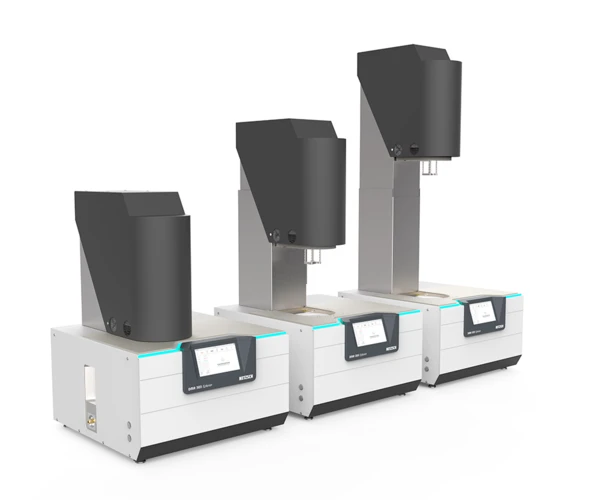
Excellence in Sample Handling
NETZSCH offers a wide variety of sample holders for its DMA 303 Eplexor®. This results in optimal adaptation of the test conditions to the sample size and stiffness, as well as to the application. For example, a different sample holder is needed to measure a thin polymer film versus a stiff material such as a fiber-reinforced composite.
The RFID (Radio Frequency Identification) technology automatically detects the frame and probe employed and selects the correct calibration in the software.
Method
Dynamic Mechanical Analysis (DMA/DMTA) is an essential tool for evaluating the mechanical characteristics of engineering materials, particularly the viscoelastic properties inherent in polymers.
Changes in a material's viscoelastic behavior can be quantified by subjecting it to dynamic forces and deformations, such as variations in temperature, time, frequency, StressStress is defined as a level of force applied on a sample with a well-defined cross section. (Stress = force/area). Samples having a circular or rectangular cross section can be compressed or stretched. Elastic materials like rubber can be stretched up to 5 to 10 times their original length.stress, atmosphere, or a combination thereof.
How Dynamic Mechanical Analysis Enhances Your Product Commitment
Polymers - Crucial Material in Manufacturing
Polymers offer the advantage of being lightweight and easily adaptable to various shapes through diverse manufacturing techniques. Especially in sectors where plastic components serve pivotal functions, such as automotive, electronics, or medical fields, their performance must align with design specifications. Achieving this necessitates a thorough comprehension of material behavior, spanning from molecular dynamics to tangible mechanical attributes.
Predicting Mechanical Performance - Key to Product Innovation
Dynamic Mechanical Analysis (DMA) emerges as a highly sensitive analytical approach for scrutinizing material traits throughout the design and manufacturing phases. It facilitates the determination of a broad spectrum of mechanical attributes, encompassing stiffness, elasticity, damping, and viscoelastic characteristics.
Specifications
Temperature Range
Frequency Range
Force range

- Static deformation: up to 30 mm
- Highest Sensitivity with 1-nm Resolution
- Deformation modes:
- 3-point bending
- Single/dual cantilever bending
- Shear
- Tension
- Compression/penetration
- Maximum controlled amplitude: ± 2.5 mm
Software

Consultancy & Sales
Do you have further questions about the device, the method and would you like to speak to a sales representative?
Service & Support
Do you already have an device and need technical support or spare parts?
Related Devices
- DMA 523 Eplexor®
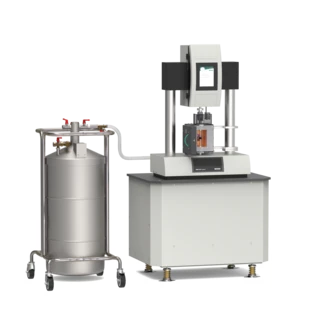
- Static and dynamic force levels from max. ± 2000 N to max. ± 4000 N
- Sample Holders for a Variety of Applications
- Unrivaled Temperature Range from -160°C to 500°C
- HBU 523 Gabometer
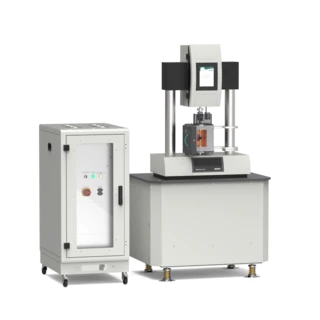
- Temperature Range up to 300°C
- Static force up to 6000N
- Static deformation up to 70 mm
- DMA Eplexor® up to 500 N
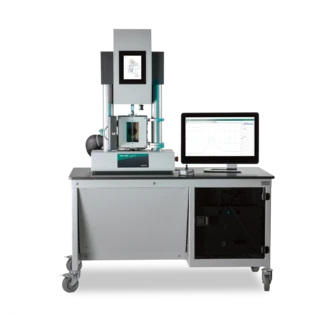
- Two Independent Drives for Static and Dynamic Force
- Variety of Sample Holders for Handling the Tasks of Today and Tomorrow
- DMA Eplexor® HT Series up to 500 N
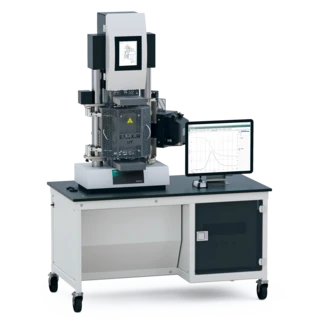
- Temperature Range up to 1500°C
- Static Force Range up to 1500 N
- Dynamic Force Range up to ± 500 N (1000 N) (depending on instrument version)
